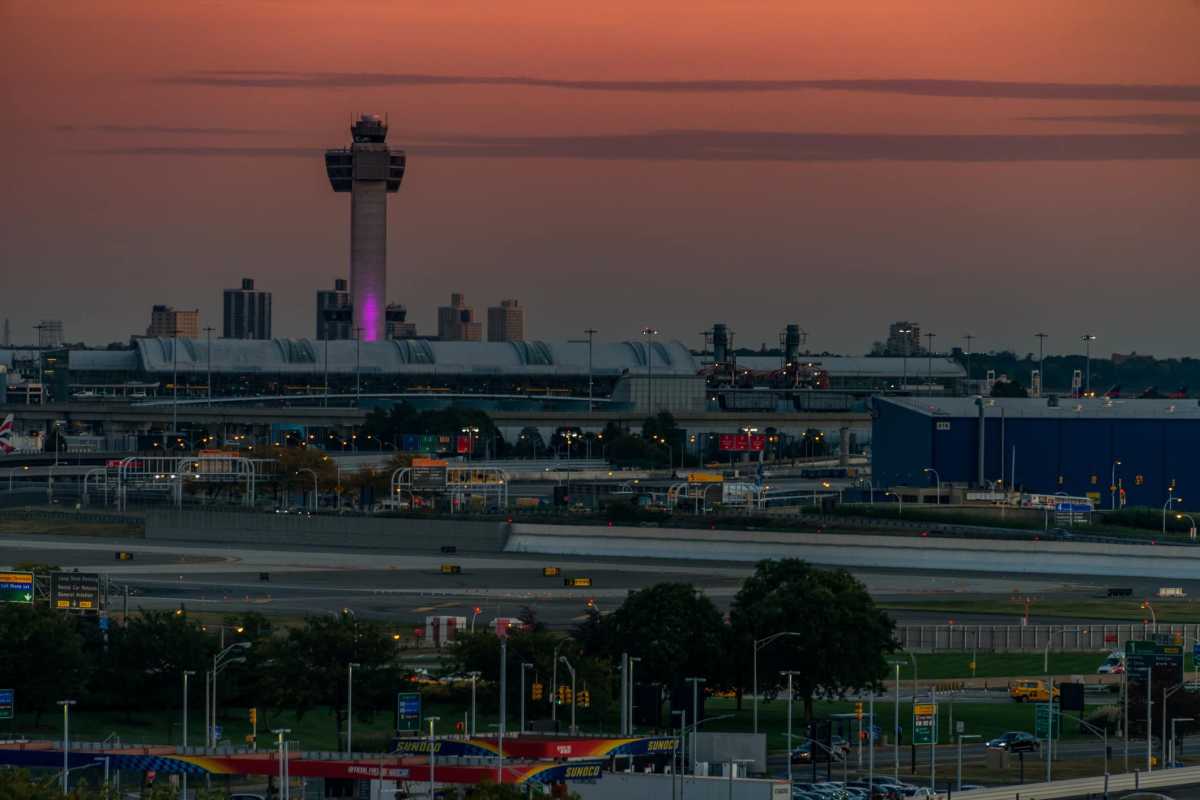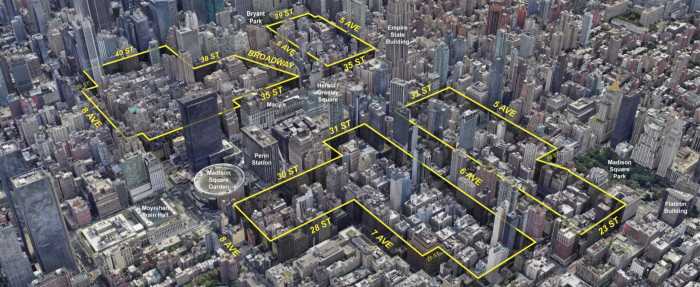A classroom shortage is looming in Queens for an estimated 20,000 four-year-olds who are expected to register for state-mandated pre-kindergarten classes in the Fall of 2001.
Even if the youngsters are placed on double session, Queens kids will ultimately need an estimated 1,400 new classrooms, or twice the amount being added by the city, according to a detailed analysis just released by the New York City Independent Budget Office (IBO).
Current school construction schedules call for 645 new classrooms to be available for Queens youngsters in 2002.
The report examines the impact of the pre-kindergarten program, launched in September 1998, to provide half-day school sessions for four-year-olds. During that initial year, nearly 3,500 pre-K children attended classes in Queens, according to the Board of Education. While the districts are obligated to offer pre-K, parents do not have to enroll their children.
Now in its second year, the introductory program is scheduled to be fully implemented in the year 2001-2002 term, and will ultimately accommodate over 20,250 Queens students.
One of the major benefits cited for pre-K programs is the potential to raise academic achievement by providing children more instructional time in school, particularly when they are at an age when they are honing language skills.
But the program is not necessarily good for Queens elementary school students, says the IBO. The new priority automatically places the pre-K youngsters’ space needs on a collision course with a massive Board of Education classroom expansion program that is designed to reduce K-third grade average class size from 26 to 20 pupils.
To make matters worse, the IBO report reveals that Queens’ packed classrooms are already the most overcrowded in the city’s school system.
• Queens’ seven school districts currently operate at 113 percent capacity, while the rest of the city’s schools average a more workable 95 percent.
• More pre-K youngsters are waiting to enter local schools in S.D. 24 than in the entire borough of Staten Island (5,179 vs. 4,2001).
• Queens youngsters need twice as many new classrooms as Manhattan and six times more than Staten Island.
• Over one-third of all new city elementary school classrooms are scheduled to be constructed in Queens during the next three years.
• The Board of Education is predicting that it will need to hire 41,000 new teachers during the next four years due to pre-K programs, retirements, attrition, class size reduction, and other initiatives.
Cost for the city’s educational program will also have to be factored in. The Board estimates that the program costs $3,700 per student annually to operate — or nearly $75 million annually when it will be fully operational.
Faced with a glaring borough-wide shortage of classroom space, most school districts, armed with city funds, have been able to ink contracts with a record number of community-based organizations for pre-K programs throughout the borough, said Education spokeswoman Margie Feinberg.
But, the Board is often at the mercy of state legislators, who last year contributed an estimated 63 percent of the plan’s annual budget — leaving the rest to be paid by the city.
The IBO says the pre-K program could suffer if the city has to divert additional funds to meet its class-size reduction schedule. Current projections call for the provision of as many as 1,400 pre-K classrooms in Queens, or one-third of the citywide total.































